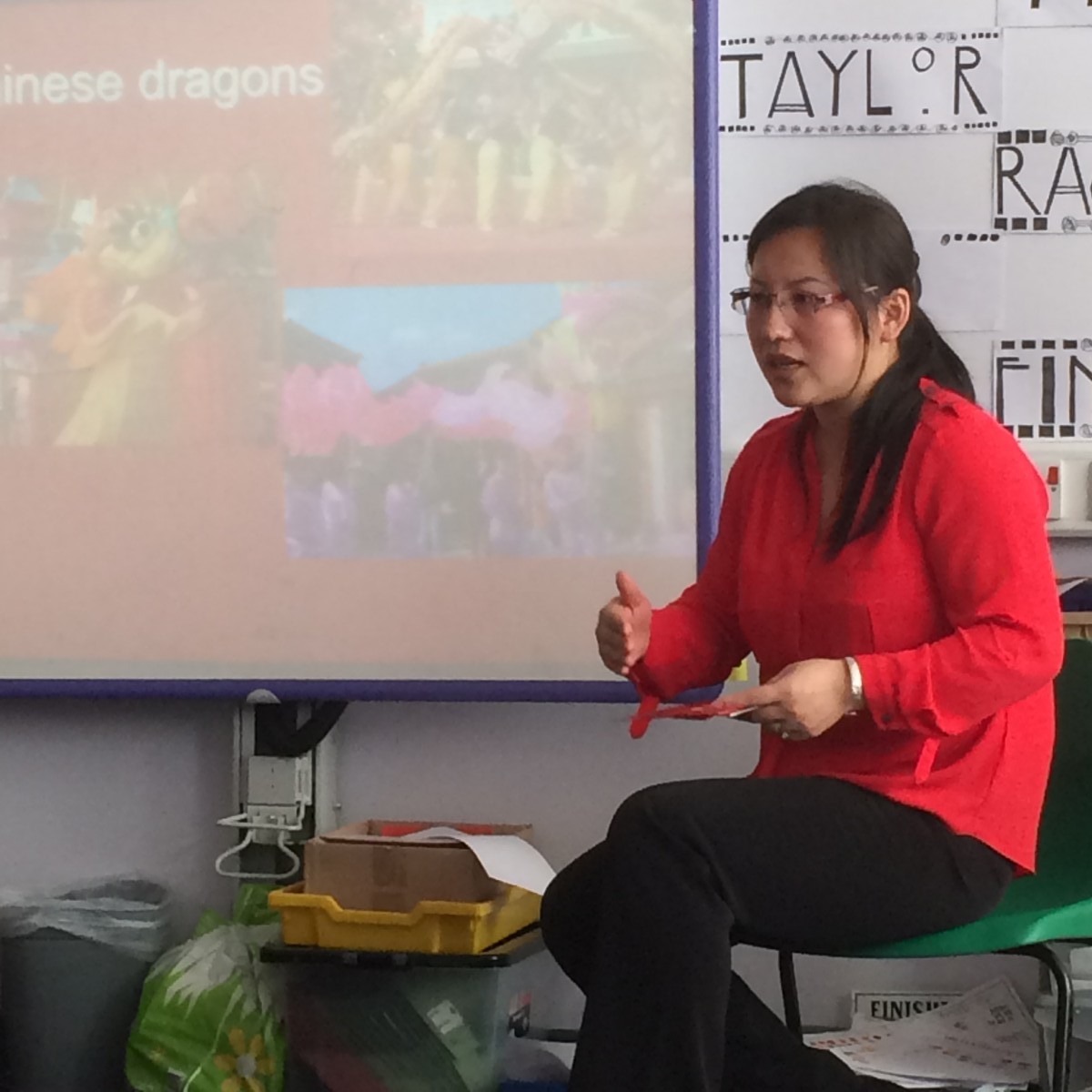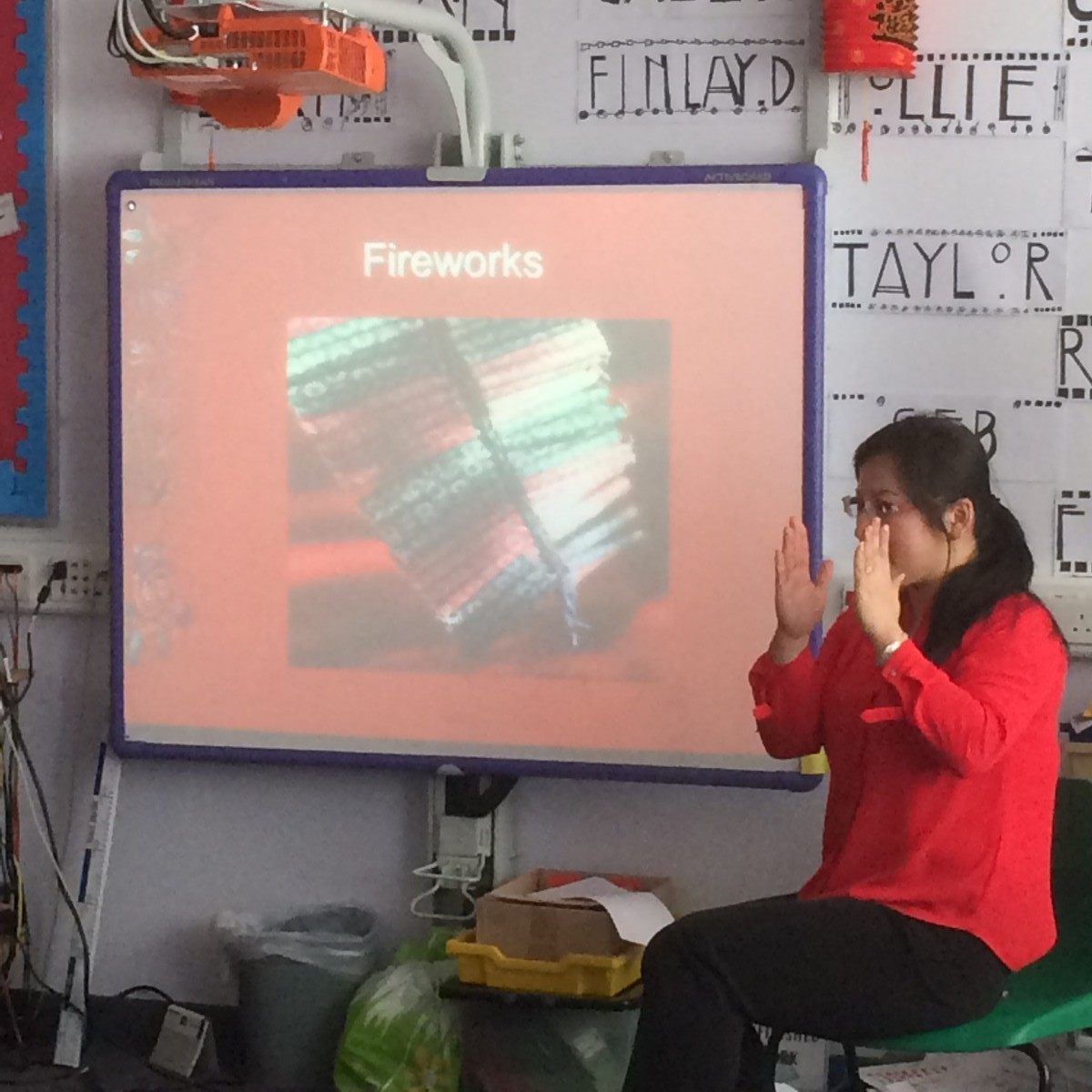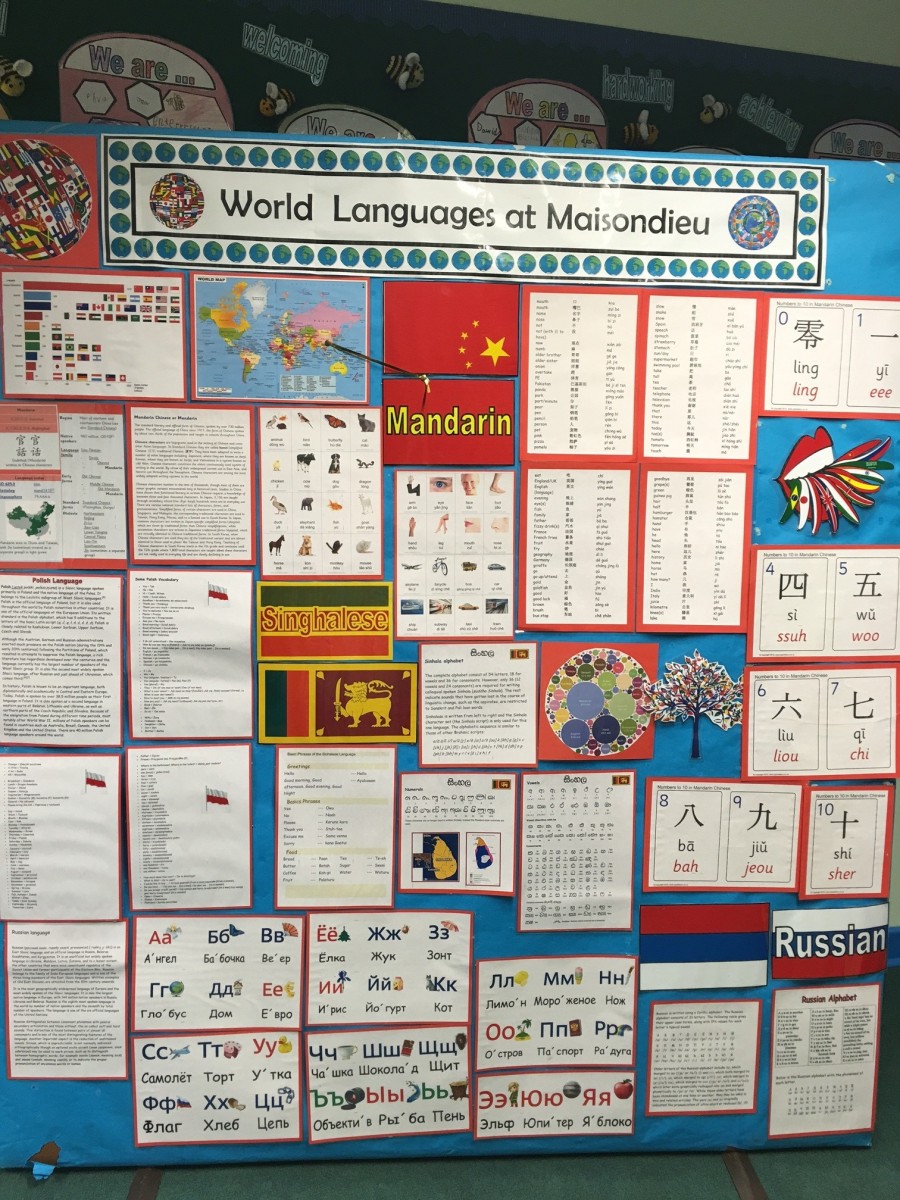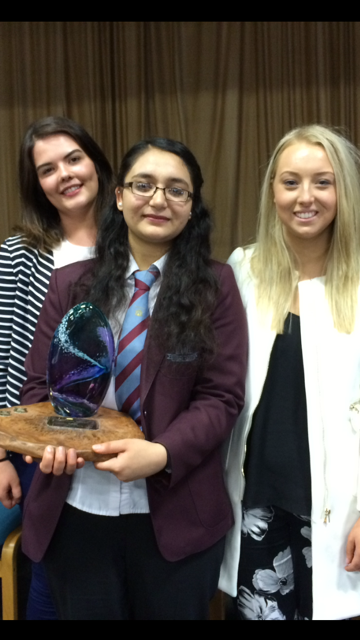This is a PowerPoint presentation made by Russian Primary pupils. Click on the link below to download it.
Tag Archives: Inclusion
MUSIC ACTIVITIES AND EAL
It seems that some external factors such as race, culture, religion and family we are born into define us. However, despite of our individual identity we all share the need to belong.
Belonging generates a feeling of acceptance and connection.
In Angus schools we have a diverse community of nearly 700 pupils with English as an Additional Language (EAL) and about 37 languages spoken by them collectively. We all learn from each other and this makes the environment in the schools vibrant and exciting.
The EAL Parent Group has offered support to the class teachers, as well as to the children an opportunity to learn how to sing Head, Shoulders, Knees and Toes in POLISH.
Głowa, ramiona, kolana, piety(Polish)
Głowa, ramiona, kolana, piety,
kolana, pięty, kolana, piety.
Głowa, ramiona, kolana, pięty,
oczy, uszy, usta, nos!
Head, Shoulders, Knees, Heels(English)
Head, shoulders, knees, heels,
Knees, heels, knees, heels.
Head, shoulders, knees, heels,
Eyes, ears, mouth, nose!
Definitely this learning experience provided an opportunity to all pupils a wider sense of community and belonging. It links to Polish language, culture and their community. Besides, we had lots of fun and it was a good exercise for everyone.
CHINESE NEW YEAR
2016 THE CHINESE YEAR, THE YEAR OF THE MONKEY.
Our pupils in P5 welcomed the New Year with a lovely visit of a Chinese mum, who kindly introduced us to the Chinese culture.
“The pupils were amazed at the intricate Chinese characters and had the chance to test their memory in a matching pairs game. It was lovely to see them trying to work out the word for ‘dog’ by seeing the image of a dog in the character. ‘How can you learn such difficult writing?’ – they asked. And so many more questions and such a joy in the eyes of our new Chinese student in P5 as she shared her culture and her family.” EAL Teacher – Anne Goldie.
Mum left the school with a big smile – “I really enjoyed being in the class, speaking to the children and sharing my Chinese culture with them. Thank you so much!’ Lily Artur.
WORLD LANGUAGE SCHOOLS
We have a mission to include all the students in the world of languages in our schools in Angus. Language learning experience means to be connected to the world that has become more globalised. It is essential such approach to languages even when English is widely spoken around the globe and on the internet. The children enjoy the engagement with other cultures and countries.
The reality is that “we have an unlimited capacity for learning language” Learning in 2(+)Languages , 2005.
EAL INDUCTION FOR NEW ARRIVALS
To be a learner of EAL (English as an Additional Language) in the class or a speaker of a language that is not represented elsewhere in the school can mean ‘an isolated learner’. It is also very challenging for the learners to catch up with their peers in social and academic aspects of the language. There is a variety of cognitive demands that might be required and incorporated in classroom tasks in order to enable them to develop the English language.
*Ensure that an EAL induction is organised for new arrivals.
*If possible, learn a few words in their first language and introduce words of greeting to the whole class.
*Display a ‘welcome’ board in both English and pupils’s first language.
*Prepare collaborative learning activities with visual aids. Collaborative Learning creates an EAL friendly classroom.
*Be aware that a pupil may be distressed. Seek for EAL support if necessary.
HIGHER ESOL
This is a lovely picture of Mahmoona Zahoor who has won the Judy Wilson Memorial Prize which was presented to her at Forfar Academy Prizegiving on Thursday 25th June 2015. This prize was donated by two former pupils of Mrs Wilson who wished the award to reflect the rising to challenges and overcoming of obstacles and barriers in life. Mrs Wilson was an inspiration in the way she dealt with her illness and continued to teach with enthusiasm and dedication. Mahmoona arrived in Scotland from Pakistan 4 years ago with very little English and has sat Highers this year in Chemistry, Maths and ESOL (English for Speakers of Other Languages). She has worked very hard, has never given up and is always smiling and a delight to teach. As she leaves school to go to college we wish her all the best. She is on the path to become the doctor she is aiming to be. “Sic itur ad astra” – this is the way to the stars. I am sure she will succeed.
By Anne Goldie – EAL Teacher
EAL PARENT GROUP PROJECT
Our schools in Scotland are a growing multilingual environment, where each child should have the right to learn a second language or a third one according to the 1+2 approach to modern languages.
As a matter of fact, a school in Angus is piloting a project with a Parent Group of EAL ( English as an Additional Language) which one of aims is to ensure and explore parental engagement and support the use of other languages in the school. This project also includes consideration of the role of the students’ home language(s) as part of the process of language acquisition and development.
Our project is based on school integration and social participation of parents whose children have English as an additional language in a variety of activities, such as in the classroom, playground, assemblies or school events. We understand that parents’ participation affect children’s sense of identity, belonging and their ability to make friends and cope within the new culture and ethos of the school.
Having sampled four different languages, Polish, Russian, Sinhalese and Mandarin over four weeks the children are saying:
‘It is fun.’ ‘I enjoyed it.’ ‘I am looking forward to using the language.’ ‘I might use the words if I travel to Russia or if I meet a person who speaks the language in the school.’ ‘I felt hard how to pronounce the words’ ‘It was pretty cool.’ ‘It was tricky.’ ‘I feel pretty good sharing my language.’ ‘It is a good opportunity to learn Polish.’ ‘It is a good thing to have someone who speaks the language.’ ‘It is helpful to learn three languages.’
What are parents saying?
‘It’s very positive.’ ‘The pupils were smiling and trying to say the words.’ ‘I feel pleased to see that they were interested.’ ‘They were asking questions and they wanted to write their names in Russian.’ ‘It was amazing the questions pupils asked, ‘why do write different?,’ ‘how many letters are in Polish language?,’ ‘how many languages have you learned?’
And the teachers:
‘It was really good to have dual language books and read the same story in different languages. It is achievable and fits within 1+2 languages approach.’ ‘I enjoyed having mums in class. It gives you confidence as they can speak and read in their language and in English.’ ‘It is great to see the children so enthusiastic.’ ‘It made the class busy.’ ‘It was great to have more adults in class.’ ‘We had lots of fun.’ ‘It was exciting.’ ‘I felt relaxed.’ ‘I loved it.’ ‘It was flexible and met the interests of the pupils.’ ‘The text and the repetition of the words worked really well.’ ‘The pupils were able to pick up the language easily.’ ‘Pupils broadened their view of the world.’ ‘It is hands on through experience.’ ‘Now it is less alien to everyone.’
FEW STEPS FOR INCLUSION OF A NEWLY ARRIVED BILINGUAL PUPIL
ADMISSION
The school management team can organise an enrolment meeting with the EAL coordinator, an interpreter, and a family member to welcome the new pupil. The aim is to gather vital personal information and identify the pupil’s needs.
ASSESSMENT
Assess and record first and English languages development on arrival and again at the end of the induction programme, when the pupil will have settled in.
HOW TO MAKE A FRIENDLY VISUAL TIMETABLE
It is important to adopt a consistent and appropriate symbol system according to the age and stage of language development of the new arrival, such as photos, pictures or drawings with words.
 The cards above are displayed on the pupil’s desk from left to right, but they can also be displayed on the board from top to bottom.
The cards above are displayed on the pupil’s desk from left to right, but they can also be displayed on the board from top to bottom.
TOUR IN THE SCHOOL
The pupil will be glad to visit key locations such as the classroom, the toilets and the lunch area. A peer who speaks the same language of the new arrival can be very supportive and explain the school routine.
PROMOTE A SENSE OF BELONGING
Label a tray or a locker as well as a place to hang their coat with his or her name.
A PLACE IN THE CLASSROOM
Pupils with EAL need good role models, face the class teacher and the board.
CIRCLE TIME
It is a good way to introduce the new pupil and encourage everybody to try the pupil’s first language.
ACCESS THE CURRICULUM
Encourage the pupil to use their first language.
COLLABORATIVE ACTIVITIES
Plan a variety of group activities that promotes engagement and participation of everybody in the classroom including the new arrival.
WRITING IN THE FIRST LANGUAGE
Encourage the learner with EAL to write their work in their first language if literacy skills in their first language is developed.
READING
When possible provide dual language books with visual support as well as a dictionary or electronic translator and pair the learner with a fluent peer for reading.
MATHS
Pupils with EAL can do maths at the same rate as other pupils of their age. Ensure that there is an effective learning environment by:
*giving demonstration;
*using visual displays;
*being aware of language demands;
SIGNS IN DIFFERENT LANGUAGES
Follow all instructions given by all staff and prefects
Proszę przestrzegać wszystkich instrukcji podanych przez pracowników i prefektów
Sekojiet visam personala un vaditaju instrukcijam
Выполняйте указания всех сотрудников школы и префектов
Lean na h-òrdaich air a thoirt le luchd-obrach agus sgoilearan sna àrd-ìrean
تمام ملازمین اور سینئر طلباء کی طرف سے دی گئی ہدایات پر عمل کریں
e-Portfolio
English as an Additional Language has piloted e-portfolio on Glow as a tool to support the transition from Primary to Secondary School in the context of EAL, and to better evaluate the use of technology as an inclusive practice in the learning process.
In line with the guidance set by The Scottish Government, e-portfolio on Glow is an initiative in our local authority. Building the Curriculum 5 provides advice on developing learners’ profiles at the key transition points of Primary seven (P7) and Secondary third year (S3). The profile format may vary whenever a change is required leading to the next stages of learning.
The use of e-portfolio in the context of EAL will offer different means of communication and expression for pupils to present their own culture and background knowledge. It can reveal the ability to capture, review and manage a large amount of material. In addition, it offers flexibility, dynamic for integration, opportunities to develop and demonstrate technology skills through samples of the pupil’s work such as, photographs, videos, audio clips, projects, research and assessments. Furthermore, the e-portfolio will provide opportunities to develop ownership and show more interest in the culture in which the additional language resides. It is a way to demonstrate learners’ creativity with different emerging skills and reflect about choices to break down the barriers for learning. Teachers can access information about their pupils’ learning development, thereby also offering an opportunity for parents to appreciate the improvement.


















